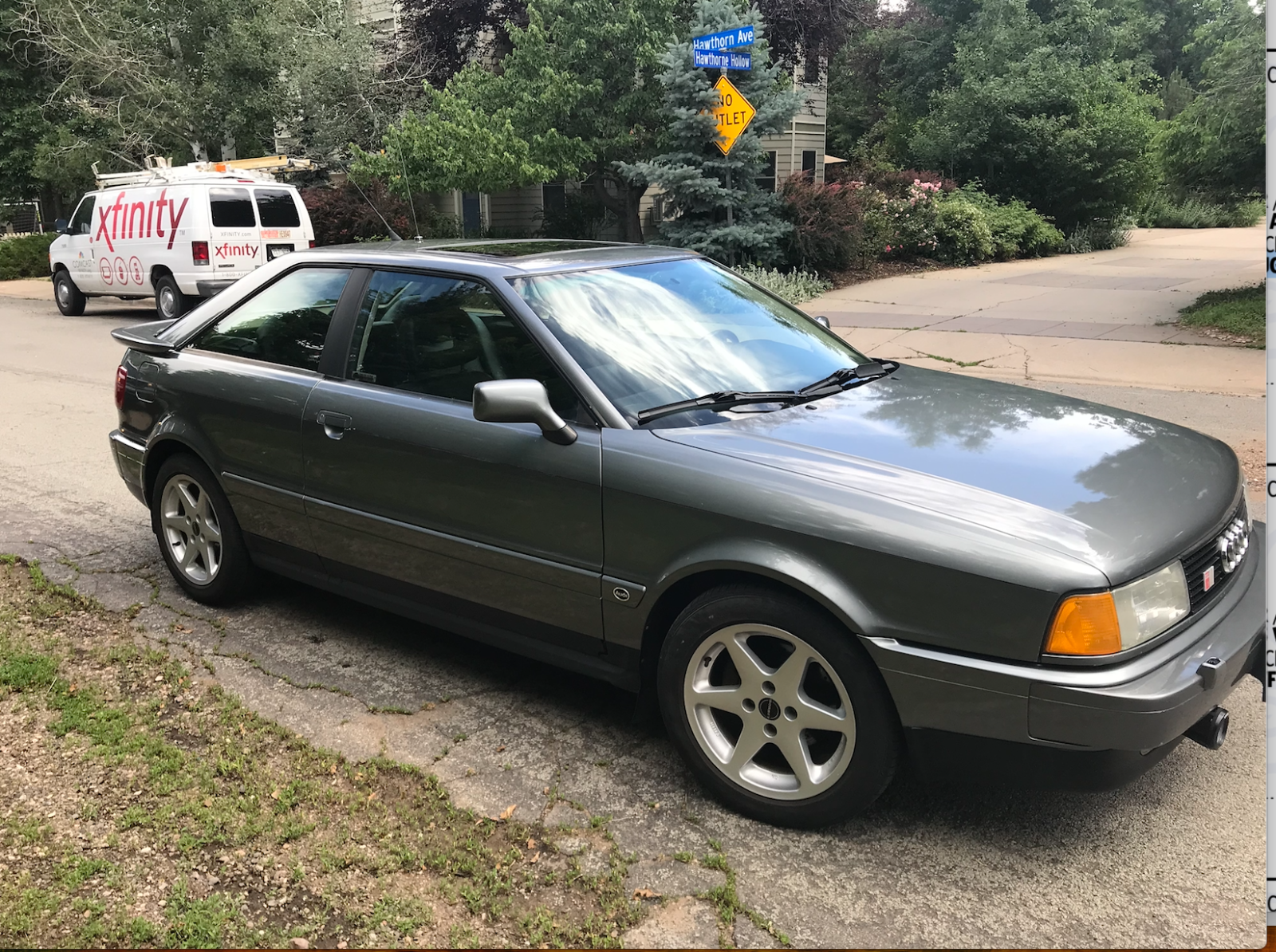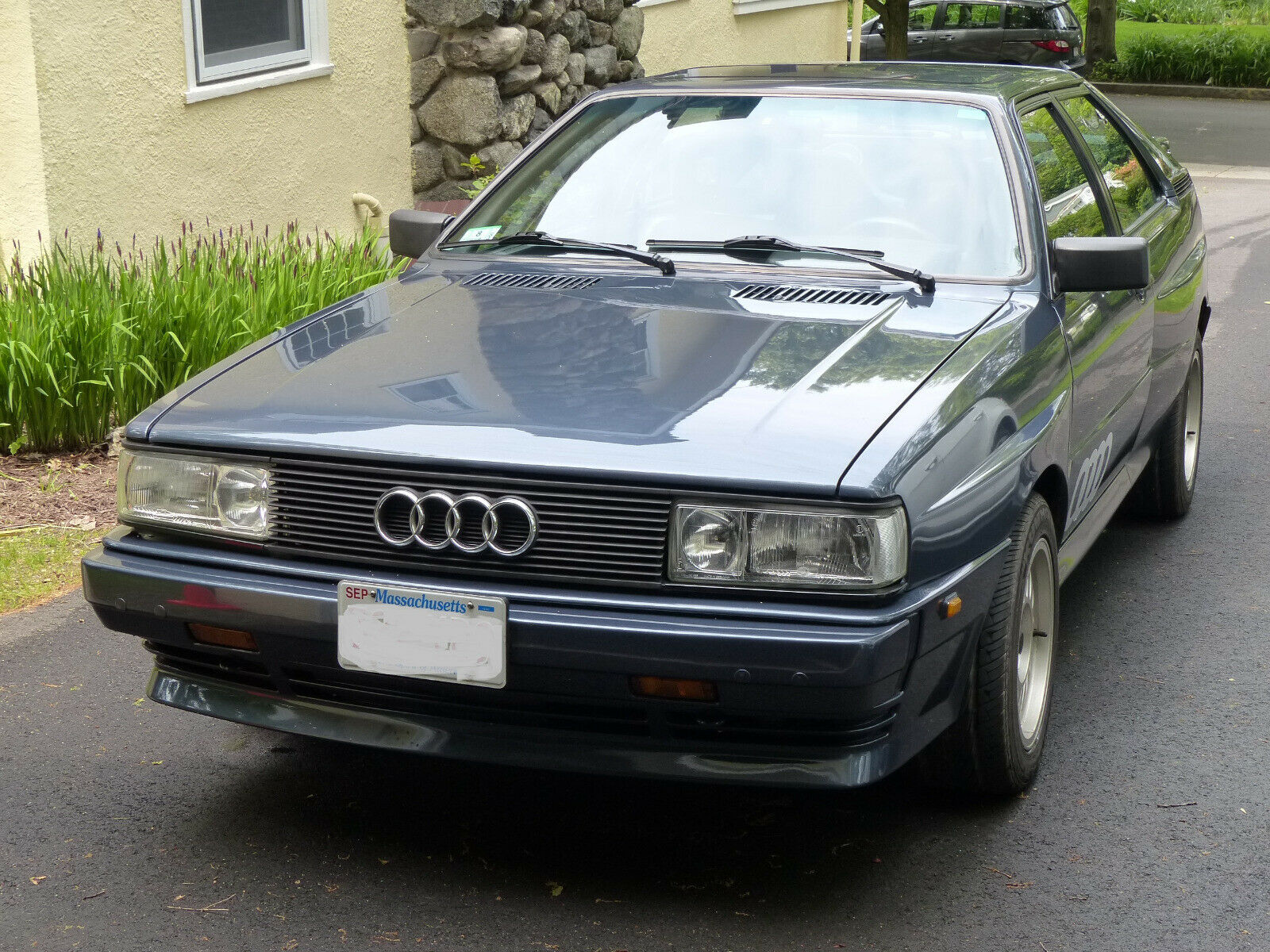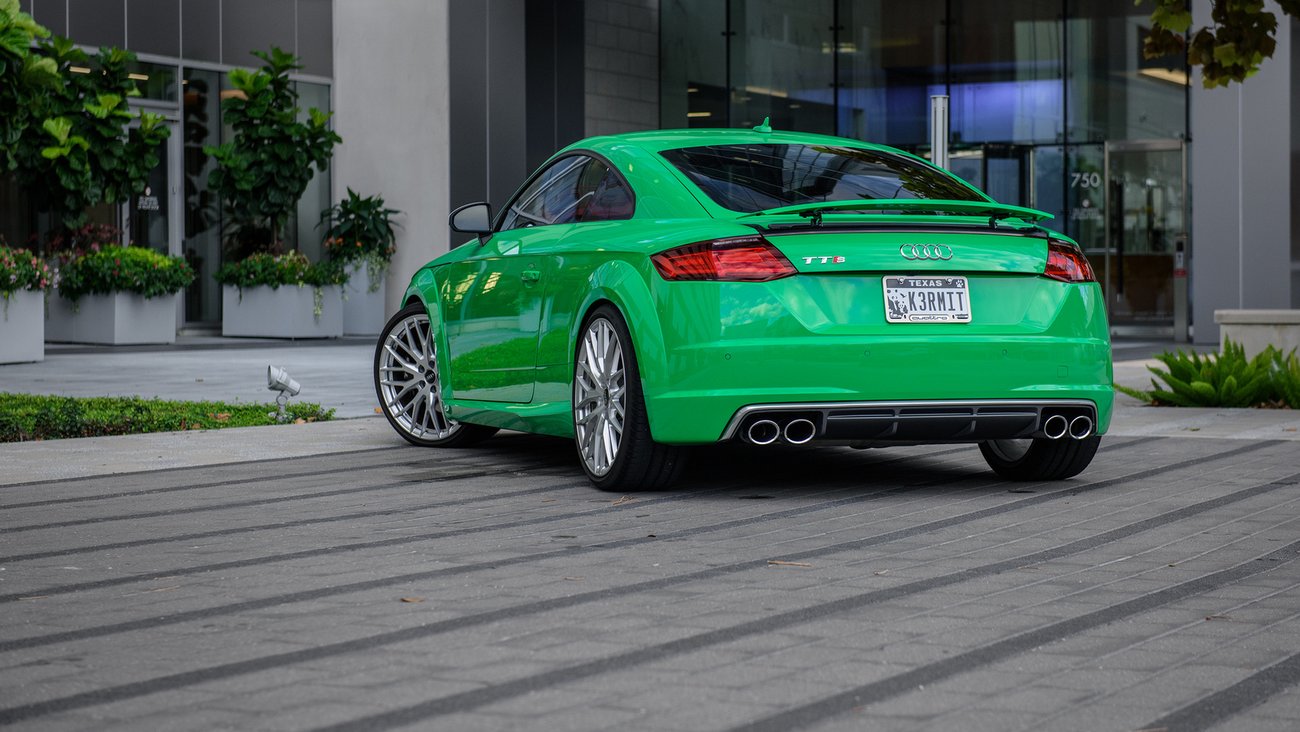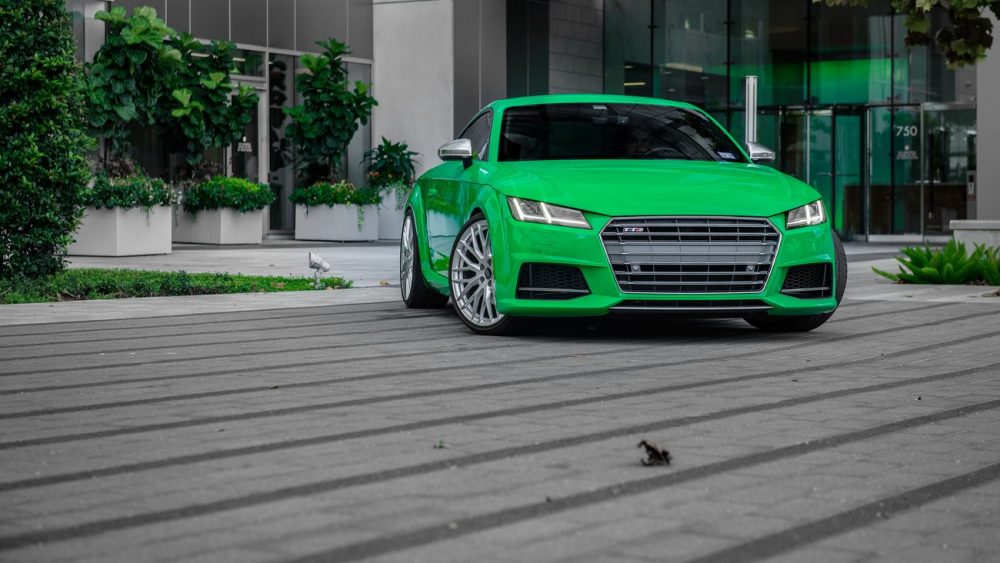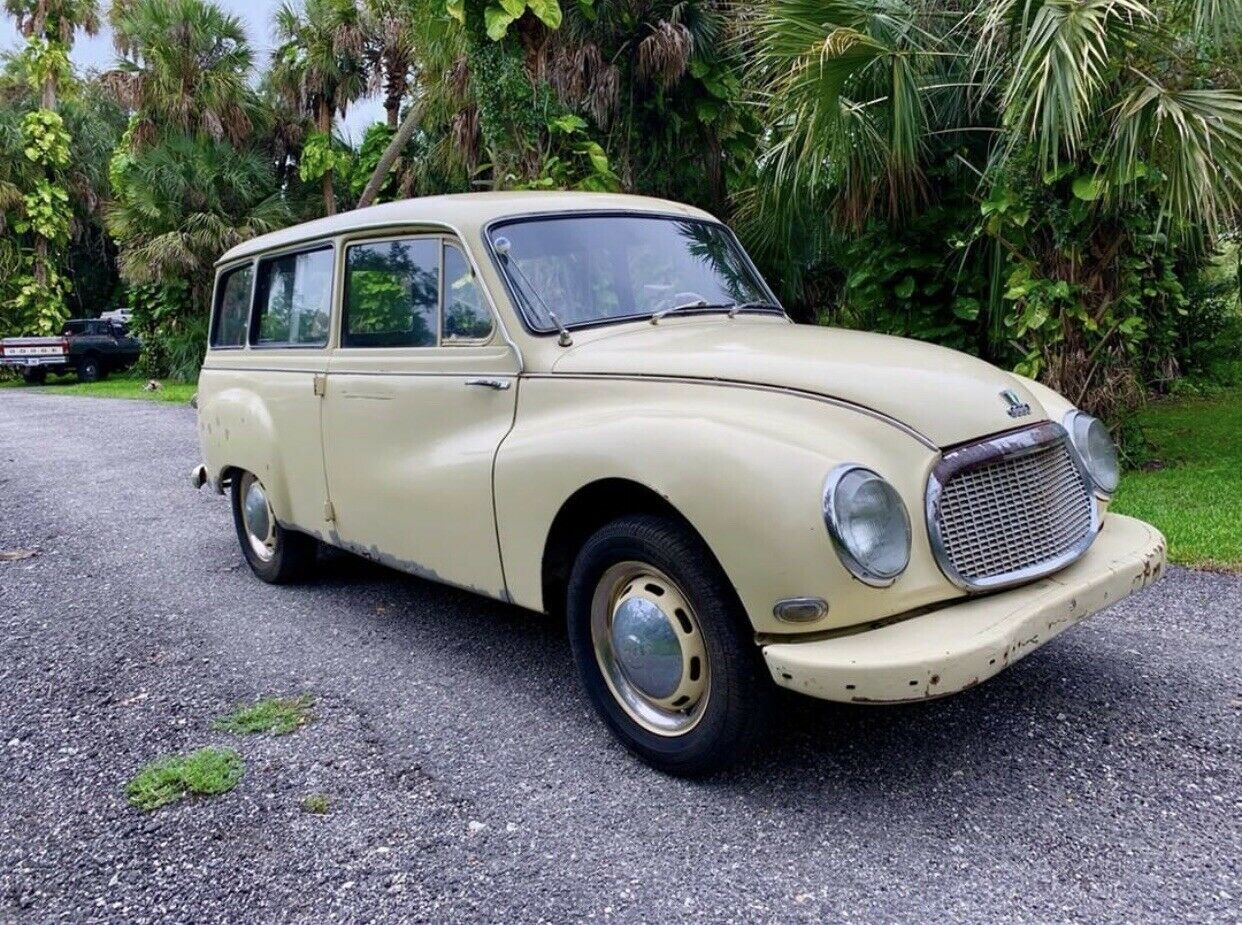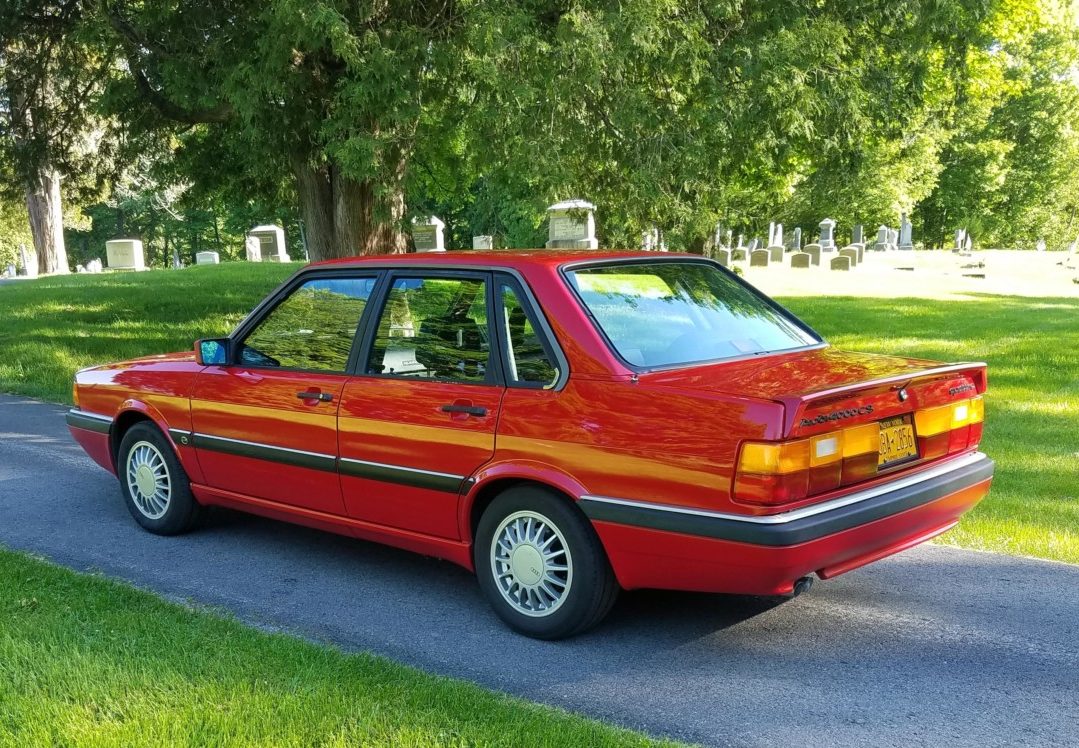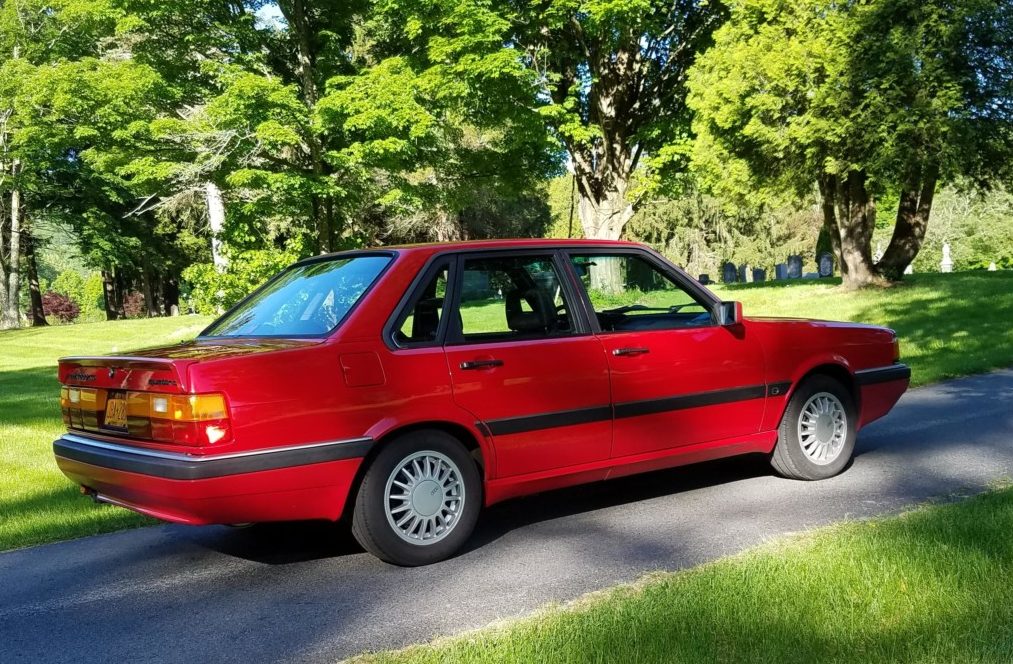For some time, the B3 Audi Coupe Quattro enjoyed a coveted place in the lineup, and many enthusiasts still consider them the high point of Audi design. However, in the market place their star has fallen slightly as newer and faster cars have become more affordable. While for some time a solid example would have cost you well north of $6,000, these low production all-wheel drive hatchbacks seem to have fallen on harder times recently, with the pool of remaining candidates dwindling and most coming to market with heavy needs. They have a reputation for being slow compared to the competition – the result of being relatively heavy rather than lacking in the motor department. The 7A inline-5 20V motor is a true gem, and on the fly these Coupes are quite entertaining to drive. Of course, as with most of the Audi quattros, turbo conversions are popular and the possibilities are near limitless.
The B3 chassis also upped the electronic quotient for the driver compared to the relatively simple B2s. Electronic fuel injection, electronically locking (and automatically disengaging) rear differential, a Torsen center differential, electric seats and automatic climate control moved the B3 upscale from the B2, along with added safety features. Next year the first of these Coupes turn 30 years old – an age that qualifies them as being antique in most states. Audi only sold a reported 1,730 of these Coupes between 1990 and 1991 model years, and the best (and probably optimistic) estimates put only about 75% of those still on the road today. Options on the Coupe were limited to the Cold Weather package, 8-way power seats and Pearlescent White Metallic paint – two of which are seen here on this ’91. ’91s also had the upgraded glass moonroof rather than the early steel panel, though they lost the infamous “Bag of Snakes” tubular header early models carried. ’91s also gained rear sway bars and are the rarest of the bunch, with only 364 sold in the model year and a further 58 traded as leftovers. Like the original, finding a good one is key – and difficult:
